Palazzo Archinto
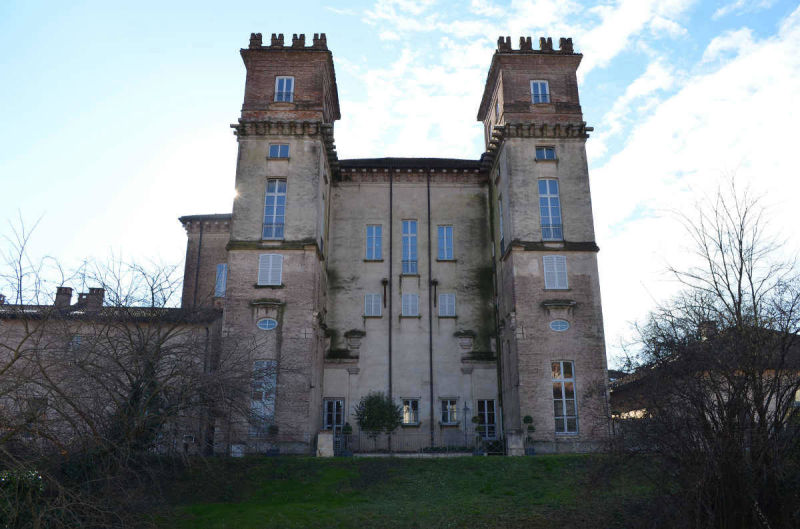
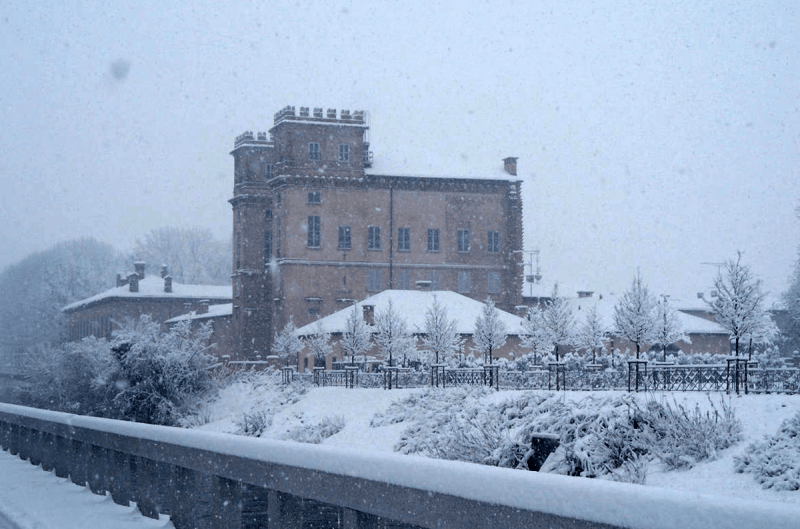
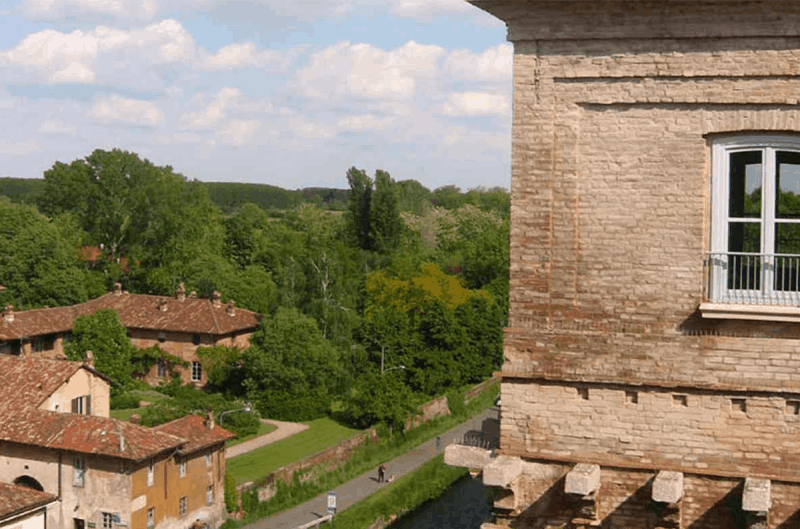
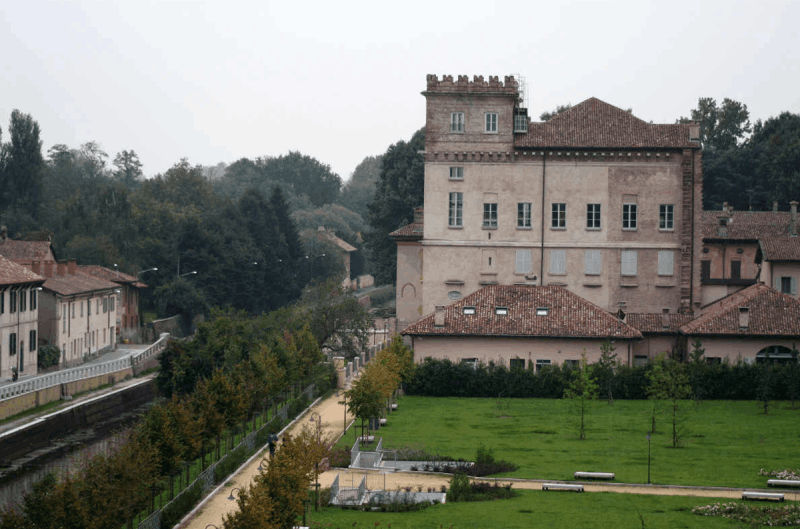
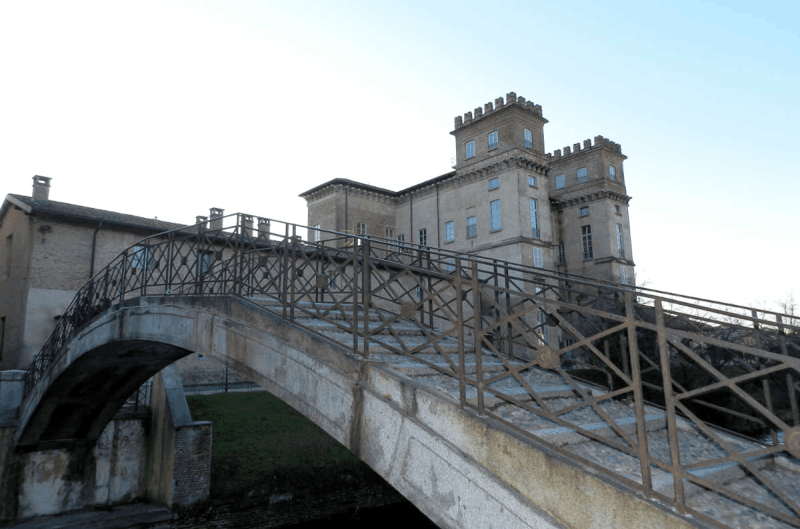
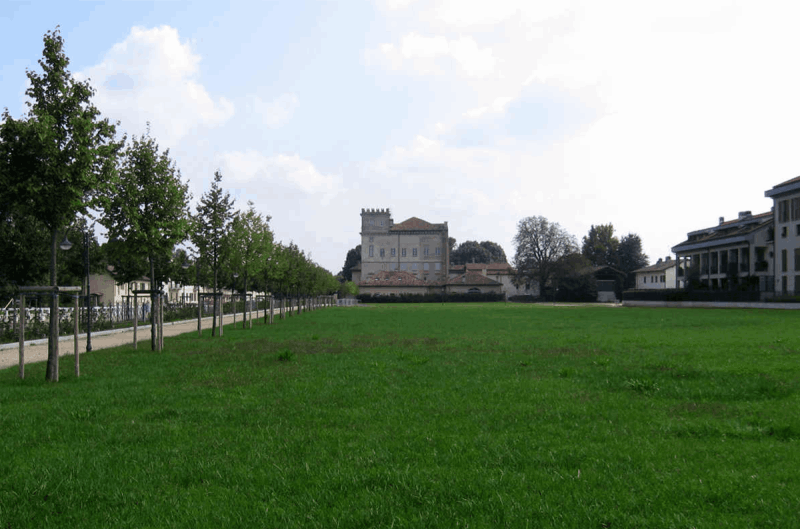
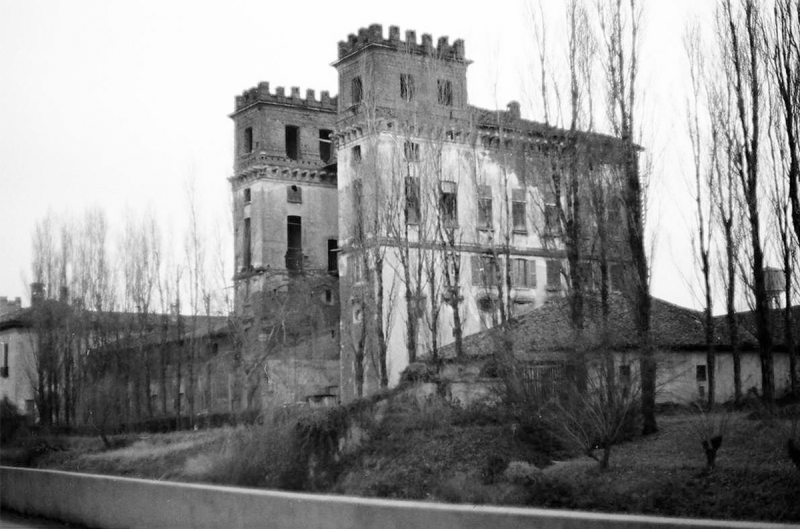
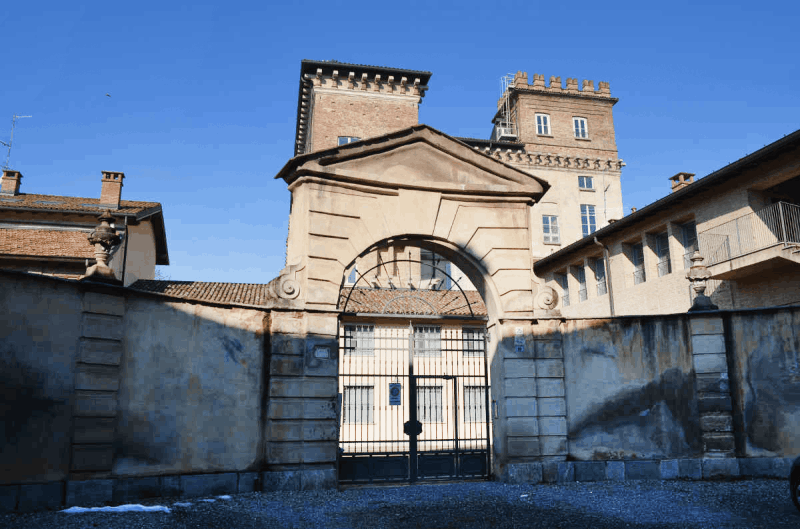
VILLA ARCHINTO, called “the castle” for its two towers and its crenellated crowning, has been the
subject of a restoration completed in 2007; until a few years ago it appeared as a ruin, however of
charming and grandiose proportions from which it can be guessed how this villa, if it had been
completed, would have been among the most important buildings of the Naviglio Grande.
The Archinto family, that already had several properties in Robecco in the second half of the sixteenth
century, worked at a clear policy of purchases intended to ensure the ownership of the area on which
the house would have been built.
However it will be necessary to wait until 1700 to see the beginning of the construction. The client in
fact was probably the Senator Filippo Archinto, a figure linked to the Spanish court, and its designer
was Federico Pietrasanta, of Abbiategrasso origins and active between 1690 and 1730, little known
but with an original personality.
It is not possible at the moment to date the beginning of the building of the house, we can just suppose
that this was started in 1712, year of the Senator Filippo Archinto’s death.
What we see today is a small part of the original project that planned a much bigger palace, with a H
plan, composed of four bodies connected among each other with a large garden, different internal
courtyards and two piers of which one covered for the mooring of the boats.
Today we try to explain, without too imaginative hypotheses, the difference between what exists now
and the original project. According to the popular tradition the villa has been realized for a great feast
and later demolished to reuse materials in another Palazzo Archinto in Milan, via della Passione. A
local analysis of the soil, carried out in past years reveals other clarifying elements: the ground on
which the tower stood (no longer existing) was provided with cellars and around we have found
abandoned architectural elements such as capitals, bases and trunks of columns.
Then we can suppose
that in fact the House has been brought to an advanced level of construction and then, in a second time,
a part has been demolished.
But we can just hypothesize that the unstable political situation of
Lombardy of the XVIII century may have influenced this decision: The Archinto, close to the Spanish
court, with the advent of the Habsburgs in Milan moved away from the political life, and so there is no
need for an official residence which had to be the villa of Robecco.
Another hypothesis can be linked to the events of the family itself.
At the death of Filippo and his
brother Joseph there were no more clients of the villa. Filippo’s son, Carlo, complained about the
high expenses necessary for improving it.
It is therefore likely that Carlo had decided not to invest
further in the house. The block could have passed into different hands and was adapted to any activity:
home, school, stable, barn, machine workshop, etc. but its charm remained unchanged over the
centuries.
Nowadays it is occupied at the first floor by the Municipal Library of Robecco Sul Naviglio.
Created with Mobirise web page software